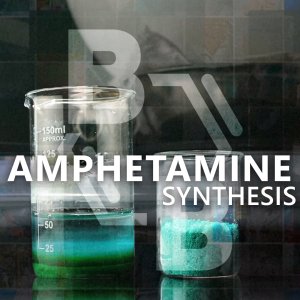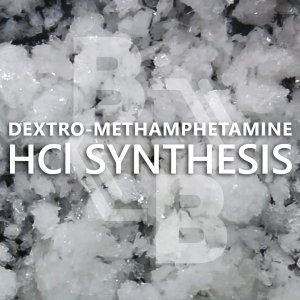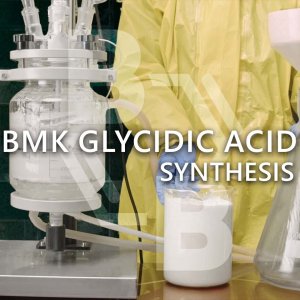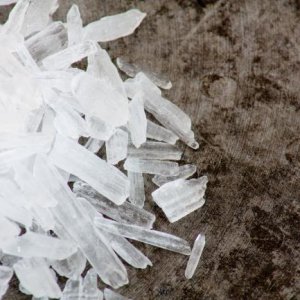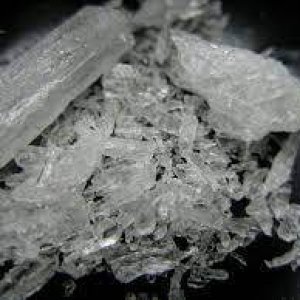You are using an out of date browser. It may not display this or other websites correctly.
You should upgrade or use an alternative browser.
You should upgrade or use an alternative browser.
https://bbgate.com/threads/methamphetamine-isomers-separation-by-tartaric-acid.9690/
Methamphetamine Isomers Separation by Tartaric Acid
Methamphetamine Isomers Separation by Tartaric Acid
About Us
Our team brings together the best specialists from different fields.
We are ready to share our experience, discuss difficult issues and find new solutions.
Mirror Links
Help Pages
Follow us
Popular Tags
-
Free product samples
Testing products from new vendors and manufacturers.
Get free samples for testing now!
-
Always stay in touch with BB forum. Element/Matrix.
Connect notifications to always stay in touch with the forum!
Connect


